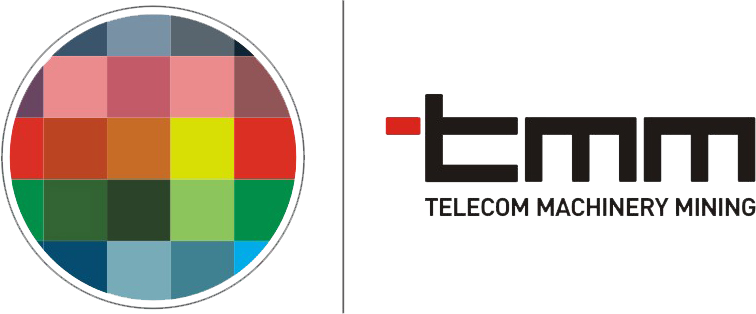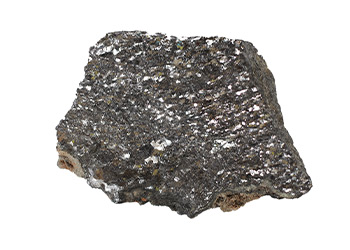Connectors & Adaptors
Constantly increasing bandwidth requirements in all areas of communication and computing are placing ever greater demands on networking I/O equipment. Current edge-mount copper or fiber interfaces are at their limits even over the short distances on the PCB. Embedded parallel optics have become the solution of choice to meet these demands. High-performance routers, switches and computers have already been utilizing this technology for a decade. Parallel optic solutions are currently used in a wide range of applications: in links between nodes of supercomputers, switches in international Internet gateways as well as in data centers and central offices. Embedded opto-electrical modules and optical engines utilize parallel-optics transmitter and receiver arrays. For optimum signal integrity, thermal management, I/O consolidation and EMI/ESD, the opto-electrical modules are directly mounted close to the processors at the PCB. Parallel-optic links can complement electronic signalling in parallel lanes such as XAUI and PCIe. Using PRIZM® Light Turn®, it is possible to implement a passive plug connection between the opto-electrical modules and the fiber optic network.
Item Successfully Added to Cart
3M™ Expanded Beam Optical (EBO) Latch Connector for PreCONNECT® solutions The best of both worlds: Singlemode and expanded beam connectors Reliable connectors that can be repeatedly plugged in and unplugged while still maintaining constant performance over all fibers – that is what 3M™ EBO has to offer. The innovative yet extremely simple structure of this expanded beam plug connector permits repeated plugging and unplugging with no loss of performance and no need to clean the end faces. What is more, it is all but insensitive to vibrations and dust. Because the end faces of the fibers do not physically touch one another, the risk of chipping, scratches and damage is eliminated, while simultaneously guaranteeing outstanding IL and RL performance. In contrast to earlier expanded beam methods, the 3M™ EBO Expanded Beam Latch connector uses a new mirror reflex collimation lens in order to expand the light path and overcome the effect of surface particles on the IL and RL performance. Tiny deviations in the fiber alignment in plug connections (lateral offset) are all but eliminated. This new technology, which has been patented by 3M™, not only permits multimode applications but also makes it possible to use the expanded beam for singlemode applications – something that was not possible in the past, in particular in the case of multiple fibers.
Item Successfully Added to Cart
Item Successfully Added to Cart
Item Successfully Added to Cart
The Rosenberger HPK system can achieve 275 A at 85 °C up to 1000 V. With their excellent vibration and current capacity performance the HPK connectors are well-suited to typical high-voltage electric vehicle applications such as the connection between battery, inverter and PDU. The range includes 1-, 2-, or 3-pole connectors which for maximum flexibility can be used with copper or aluminum cables in four different cable cross sections. Straight and angled cable couplers as well as corresponding headers are available, either with or without HVIL (high-voltage interlock).
Item Successfully Added to Cart
Complementing its standard HV connector portfolio, Rosenberger develops and manufactures customer-specific high-voltage components for electric and hybrid vehicles. These enable the lowest possible transition resistances, ensuring long-term low-loss performance and reliability in critical electrical systems such as those for battery charging, cell management, heating, and air conditioning. From concept to final delivery, Rosenberger high voltage custom components are the perfect fit every time. Using its component toolkit, including PDUs, Y-splitters, Busbars and Cell Modules, Rosenberger can develop and manufacture a wide array of tailor-made solutions. These are designed and configured precisely to the relevant vehicle architecture, allowing ideal combinations of the various fuses, relays and other passive and active components required. Power Distribution Units (PDU) Power distribution units (PDU) for vehicles have multiple power input and outputs and use all kinds of connectors, fuses, and relays. In these cases, the PDU generally forms the central link between the vehicle power electronics and batteries, electric motors, and other ancillary units. Y-Splitters Y-splitters are used to distribute the power from one cable harness to two or more units, e.g., between a DC/DC converter and an electric air-conditioning unit. Rosenberger can design Y-splitters for applications with and without shielding for cable cross sections from 4 mm² to 95 mm² in collaboration with the customer. Cell Module Connectors The Rosenberger HV portfolio also includes cell module connectors. These connectors are required to link battery modules within a battery pack. For typical battery applications, multiple custom-designed battery connection points are required. Based on the robust pressure contact system, Rosenberger offers cell module connectors without flexing parts in the contact area. Systems from 100 to 350 A are available. Different assembly directions, coding variants as well as cross sections can be implemented according to customer-specific requirements.
Item Successfully Added to Cart
With its high capacity, compact design the Rosenberger DCS is perfect for space-confined high voltage applications where direct connection is a prerequisite. With a cable cross-section of just 70 mm² the current carrying capacity is 340 A at 85 °C, making it ideal for battery charging or enabling direct connection between the battery and motor components used in electric vehicles.



 Zinc/Zn
Zinc/Zn




_927163e5-d1b4-4309-8b9b-aac7fc87445d.png)
_5df15f60-a573-4570-87b1-b68674f7700c.png)


